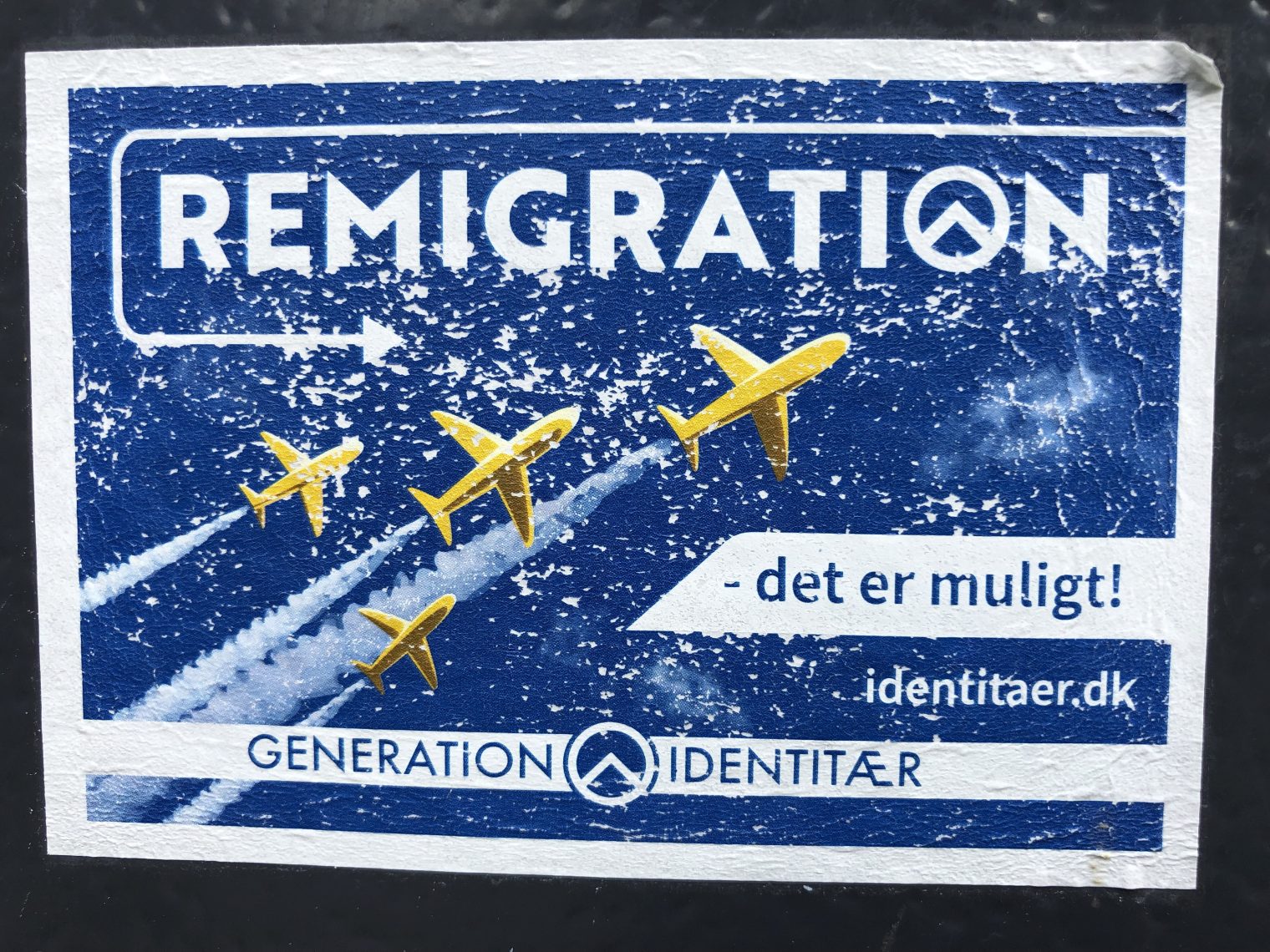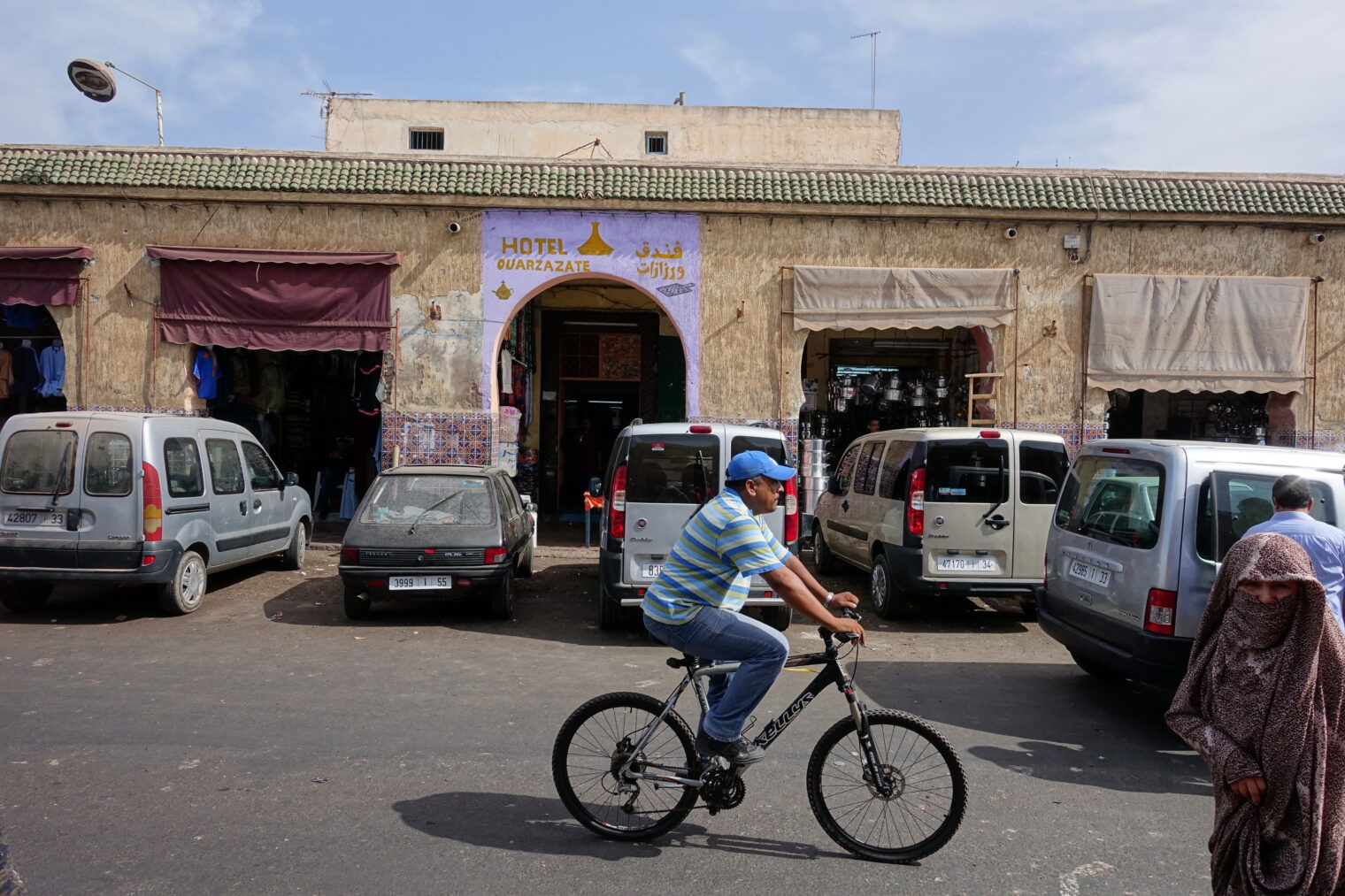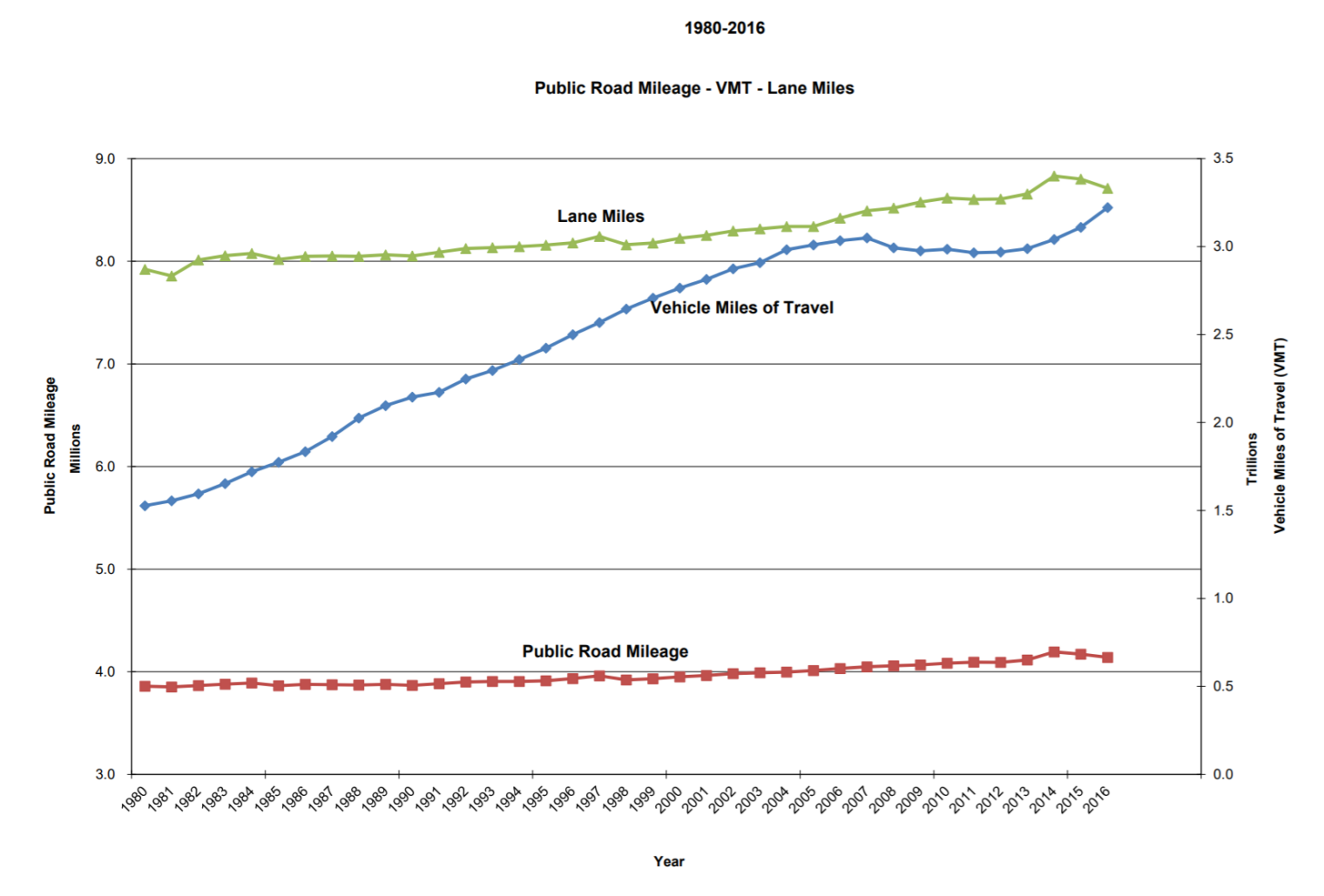We care more about Afghan migrants than about homegrown indigent?
Prior to coronapanic, approximately 40 million Americans were suffering in poverty (HHS). To these unfortunates, 8 million were added via shutdowns, mask orders, and economic slowdowns (Bloomberg). Who is first in our thoughts when we’re looking to extend a helping hand? Afghan migrants, says the NYT. “Americans Stretch Across Political Divides to Welcome Afghan Refugees”:
In rural Minnesota, an agricultural specialist has been working on visa applications and providing temporary housing for the newcomers, and she has set up an area for halal meat processing on her farm. In California, a group of veterans has sent a welcoming committee to the Sacramento airport to greet every arriving family. In Arkansas, volunteers are signing up to buy groceries, do airport pickups and host families in their homes.
The moment stands in contrast to the last four years when the country, led by a president who restricted immigration and enacted a ban on travel from several majority-Muslim countries, was split over whether to welcome or shun people seeking safe haven. And with much of the electorate still deeply divided over immigration, the durability of the present welcome mat remains unknown.
(How many Muslims immigrated or traveled to the U.S. during this purported “ban”?)
Uber thoughtfully interrupted my locked iPhone with a notification:
(The canine portion of this image is a friend’s Samoyed puppy.)
Where does the urgent notification lead?
What’s interesting to me about this is that Uber has never notified me regarding the need to help the homeless encamped within a few blocks of their headquarter. From Working in San Francisco today (January 2019):
[the meeting is] inside of WeWork Civic Center on Mission between 7th and 8th wedged between a homeless encampment and emergency heroin detox center. I would recommend picking a hotel in another part of town. … Due to the layout and direction of the one way streets and traffic I’ve found cabs/Uber to work fairly poorly and often take longer than BART. I stopped using cars when junkies started trying to open my door at stop lights.
The described location is literally 2 minutes away from the Uber HQ. As with other rich Californians, it’s not that Uber couldn’t help these people, e.g., by funding construction of an apartment building or the rental of one or more apartments … it is just that Uber doesn’t want to.
Maybe it is because we have more hope for Afghan migrants than we do for people who’ve already failed within U.S. society? (they couldn’t even get organized to collect welfare, which in some states is more lucrative than working at the median wage)
I talked to a Harvard graduate and lifelong Democrat about this. She said “It will probably take three generations before they are fully integrated into American society.” I thought it was interesting that she assumed that adopting our value system was inevitable and desirable. (See also Omar Mateen, the most famous second-generation Afghan-American, reared by “All-American” and “moderate Muslim” immigrant parents.) Is it fair to call the assumption that immigrants would want to assimilate a sign of white supremacy? The U.S. is plainly richer than Afghanistan (Afghans are close to being the world’s least economically successful people), but is the U.S. value and moral system superior to what prevails in Afghanistan? Other than white supremacy, what is our basis for saying that our rainbow flag religion is better than Islam, for example?
Related:
Full post, including comments










